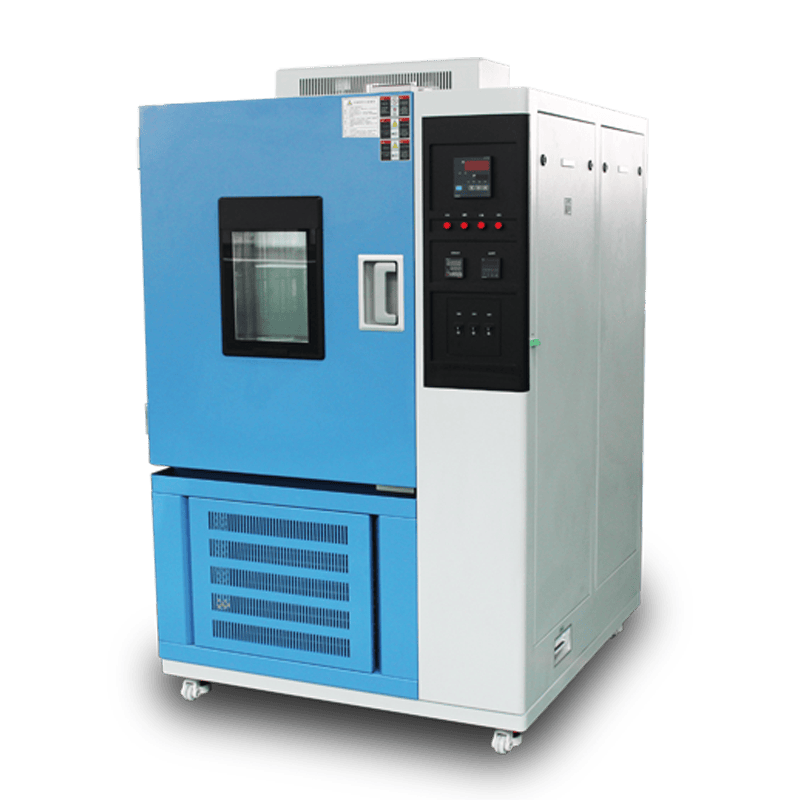In today's rapidly advancing technological landscape, the variety and functionality of laboratory equipment continue to expand. Among these, low-temperature test chambers and high-low temperature test chambers serve as critical devices, each fulfilling distinct testing roles. However, with technological progress, many users have begun to question whether high-low temperature test chambers can replace traditional low-temperature test chambers. Below, we delve deeper into this topic.
Characteristics of Low-Temperature Test Chambers
Low-temperature test chambers are primarily used to evaluate the performance of materials and products under subzero conditions, ensuring their reliability in extreme environments. These chambers typically reach temperatures as low as -40°C or even lower and are widely applied in industries such as electronics, automotive, and aerospace.
Advantages of High-Low Temperature Test Chambers
High-low temperature test chambers, on the other hand, integrate both high and low-temperature testing capabilities. They can simulate extreme conditions ranging from -70°C to +150°C, offering greater adaptability. For many modern products, the need for both high and low-temperature testing has become standard, making high-low temperature test chambers increasingly prevalent.

Will Low-Temperature Test Chambers Be Replaced?
-
Differences in Application Requirements
While high-low temperature test chambers offer more comprehensive functionality, this does not necessarily mean low-temperature test chambers will be entirely phased out. Specialized low-temperature testing remains essential for certain industries and applications. For example, some material properties are more pronounced under extreme cold, and low-temperature test chambers provide a more precise and professional testing environment. -
Cost Considerations
High-low temperature test chambers are relatively more expensive. For businesses that only require low-temperature testing, investing in a high-low temperature test chamber may not be cost-effective. Thus, low-temperature test chambers still hold value in cost-sensitive industries. -
Impact of Technological Advancements
As technology evolves, the performance of high-low temperature test chambers will continue to improve, and their prices may gradually decrease. In such a scenario, more companies may lean toward investing in high-low temperature test chambers, potentially reducing the demand for low-temperature test chambers.
Although high-low temperature test chambers offer clear advantages in versatility and adaptability, low-temperature test chambers still occupy a unique niche in the market with specific application scenarios. Different industries and businesses will continue to choose the most suitable equipment based on their needs. Therefore, in the short term, low-temperature test chambers will not be entirely replaced but will coexist with high-low temperature test chambers, complementing each other in the market.














